Type in “end of cookies” in a Google search bar and you get more than 3.5 billion hand-wringing results. The advertising and publishing industries have been OBSESSED with this topic and honestly it feels like we’ve been saying goodbye—and panicking—forever. Why is the loss of these little snippets of code upending an entire industry? And is it really the end of the world? Let’s dig in.
HOW THE COOKIE CRUMBLES
When they were first introduced, cookies gave publishers and advertisers the ability to deliver more personalized content and ads to users based on their browsing histories. Ideally, everyone benefits from this equation right? Publishers make money, advertisers secure eyeballs and clicks, users see ads they’re more likely to be interested in.
But, there was a dark side to all of this and it's come to light. Transparency is one big issue: cookies were doing their thing without user consent. And then there was the data issue: though cookies aren’t collecting personal information, they can be paired with other information extracted from the web to identify a user by name and other personal details—an invasion of privacy at best, a recipe for identity theft at worst.
In answer to these concerns, we’ve seen two big changes. First, the “cookie banner” that greets you on nearly every new website you visit and asks you to opt-in to cookies. Big surprise: opt-in numbers are low. Second, browser giants Apple, Google and Firefox have started to limit the use of third-party cookies on their products. Google has vowed to discontinue cookies entirely by the end of 2023. Hence the cookie freak-out.
OUT WITH COOKIES, IN WITH UID 2.0
The good news is that our industry has always proven to be nimble in the face of challenges, and for every “OMG, the cookie is dying” article you’ve read, there’s a group of tech wizards behind the scenes whipping up an alternative. An early front runner is UID 2.0. It’s not as fun to say as “cookie,” but it promises to do the work of cookies without the transparency and privacy issues. (The 2.0 is simply a nod to the fact that the cookie is 1.0.)
UID 2.0 was developed by The Trade Desk to enable the personalization that enhances the advertiser-publisher business without the risk of personal details getting exposed. It still collects browsing history, but any identifying info like email addresses are encrypted and erased, so there’s no way to reverse engineer the information to identify a person. And, once a user has opted into UID 2.0, they have the ability to easily monitor and adjust how their personal information is used.
It’s important to know that identifier-based solutions like UID 2.0 aren’t the only game in town. Kargo is developing a suite of contextual solutions that rely on the power of AI and language processing technology to help marketers reach their most engaged audiences by delivering messaging across content proven to drive interaction with their brand. The early results suggest this is a competitive approach to ID-based solutions.
Reach out if you’d like more information on the cookie-less future and what the industry and Kargo are doing about it.


